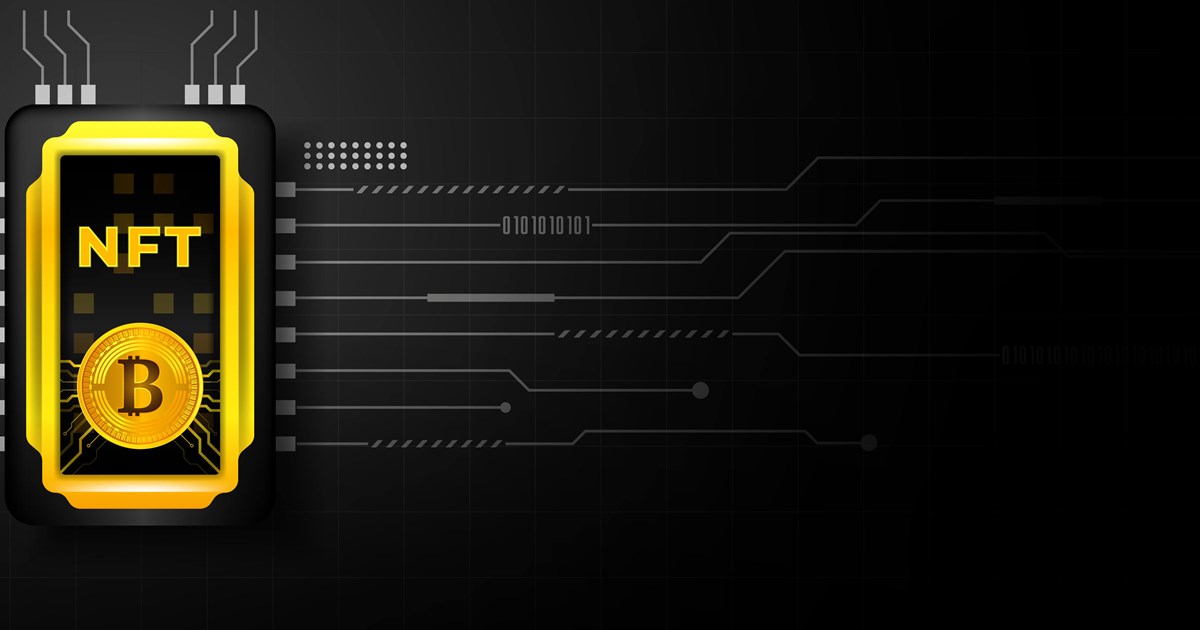The New Bull in the China Shop!

The New Bull in the China Shop!
Economists define a fungible asset as something with units that can be readily interchanged - like money. However, if something is non-fungible, being interchanged is impossible, that means it has unique properties so it cannot be interchanged with something else. It could be a house, or a painting such as the Mona Lisa, which is one of a kind. You can take a photo of the painting or buy a print but there will only ever be the one original painting. NFTs (NFT stands for Non-Fungible Token) are "one-of-a-kind" assets in the digital world that can be bought and sold like any other piece of property, but they have no tangible form of their own.
The digital tokens can be considered as certificates of ownership for virtual or physical assets. Traditional works of art such as paintings are valuable because they are one of a kind. But digital files can be easily and endlessly duplicated. With NFTs, artwork can be "tokenised" to create a digital certificate of ownership that can be bought and sold. As with crypto-currency, a record of who owns what is stored on a shared ledger known as the blockchain. The records cannot be forged because the ledger is maintained by thousands of computers around the world.
NFTs can also contain smart contracts that may give the artist, for example, a cut of any future sale of the token. In theory, anybody can tokenise their work to sell as an NFT but interest has been fuelled by recent headlines of multi-million-dollar sales. For example, in February 2021, an animated Gif of Nyan Cat - a 2011 meme of a flying pop-tart cat - sold for more than $500,000. A few weeks later, musician Grimes sold some of her digital art for more than $6m and Christie's sale of an NFT by digital artist Beeple for $69m (£50m) set a new record for digital art. Furthermore, it is not just art that is tokenised and sold. Twitter's founder Jack Dorsey has promoted an NFT of the first-ever tweet, with bids hitting $2.5m.
The market capitalisation of the NFTs reached 23,13 billion Dollar with a 0,76% increase as of 26.04.2021. The top NFT protocols and tokens are classified as collectibles, game, DeFi, art, utility, metaverse and sports within 129 different types. The total sales value realised as 719,77 billion Dollar and average price as 128,46 Dollar. More than $2 billion was spent on non-fungible tokens, or NFTs, during the first quarter of 2021 — representing an increase of about 2,100% from Q4 2020. The demand for NFTs is continuing to surge and the NFT market is showing still no signs of slowing down. The NFT market is seeing large investments coming from companies, funds, exchanges, and traditional VC firms from both crypto and the tech sector.
We will touch on more disruptive steps within crypto assets markets in the following articles. For any further questions, please reach us via contact@cryptoindexseries.com or visit our CryptoIndexSeriesTM Platform for a better analysis of the crypto market space.
#RegulatoryPerspective, #CentralBankDigitalCurrency, #CDBC, #BTC, #PSD1&2, #ECB, #EUCryptoMarket, #CryptoIndexSeries, #CryptoCurrencies, #Taxonomy, #WhitePaper, #NewFinance, #Exchange, #Coin, #TokenEconomy, #MarketCapitalisation, #BusinessModelEconomy, #CryptoAssets, #CryptoSectors, #CryptoTrading, #CryptoTaxonomy, #StableCoins, #DecentralisedFinance, #InitialCoinOffering, #PotemkinCryptoAssets, #RegulatoryBody, #Libra, #Diem, #FINMA, #AssetManagement, #FamilyOffices, #Switzerland, #Dogecoin, #Cardano, #AdaCoin, #ESG, #EnvironmentSocialCorporateGovernance, #ESGAwareness, #SolanaCoin, #BasicAttentionCoin, #AssetBackedToken, #NFTs.
References

